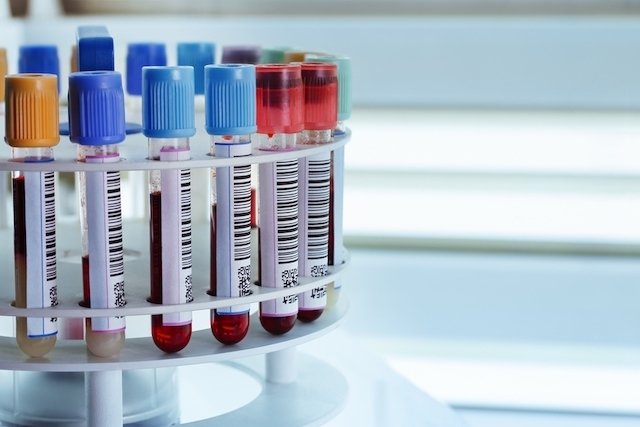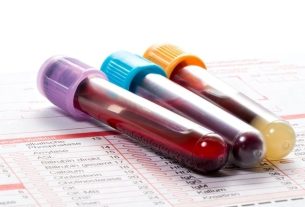CA 15-3 is a protein normally produced by breast cells and is used as a tumor marker to evaluate the response to oncological treatment of advanced-stage breast cancer.
The concentration of this protein in the blood is increased in more than 70% of women who have cancer at a more advanced stage, generally with metastasis. However, CA 15-3 can also be elevated in other types of cancer, such as lung, ovarian or prostate, for example.
The results of the CA 15-3 test must be interpreted by the oncologist, together with other tests, such as molecular tests and tests that evaluate the estrogen receptor, HER2. See which tests confirm and detect breast cancer.

What is it for
The CA 15-3 exam is indicated for:
- Measure the levels of this protein before starting treatment for breast cancer;
- Evaluate the response to treatment of advanced breast cancer;
- Detect recurrence of breast cancer.
This test is not used for screening or diagnosing breast cancer, as in the early stages of this type of cancer, CA 15-3 levels are rarely higher than normal values.
Furthermore, CA 15-3 may also be increased in other types of cancer, such as lung, ovarian or prostate, or non-cancer-related conditions such as benign breast lesions, endometriosis, hepatitis or pelvic inflammatory disease, for example.
Therefore, the results of the CA 15-3 exam should always be evaluated by the oncologist together with other complementary exams.
Make an appointment with an oncologist in the nearest region:
Taking care of your health has never been easier!
How is done
The test is carried out only with the person’s blood sample and does not require any preparation. Blood is collected and sent to the laboratory to be processed and analyzed.
The analysis process is generally automatic and generates accurate and reliable results in a short time.
CA 15-3 reference values
The reference value for the CA 15-3 exam considered normal is 0 to 30 U/mL. Values above 30 U/mL are suggestive of malignancy.
How to understand the result
The results of the CA 15-3 exam must be interpreted by the oncologist, together with other requested tests, and can be repeated several times throughout the breast cancer treatment to verify its effectiveness.
In general, the results of the exam may indicate:
- CA 15-3 is decreasing: generally, it indicates that the breast cancer is responding to treatment and is decreasing in size;
- CA 15-3 stable: it may indicate that breast cancer is not increasing, but it is also not decreasing, and the doctor may recommend a change in treatment;
- CA 15-3 is increasing: It may indicate that the treatment is not having the expected results and breast cancer is increasing or that the tumor is recurring.
Furthermore, 4 to 6 weeks after starting cancer treatment, CA 15-3 levels may be transiently increased, not being related to tumor recurrence or increase.
Therefore, several CA 15-3 tests are carried out throughout the treatment and after, to verify its effectiveness and help the doctor define the best therapeutic strategy.
Bibliography
- SEALE, N. K.; TKACZUK, K. H. R. Circulating Biomarkers in Breast Cancer. Clin Breast Cancer. 22. 3; e319-e331, 2022
- DE COCK, L.; et al. Detection of secondary metastatic breast cancer by measurement of plasma CA 15.3. ESMO Open. 6. 4; 100203, 2021
- FAKHARI, A.; et al. Correlation of cancer antigen 15-3 (CA15-3) serum level and bony metastases in breast cancer patients. With J Islamic Repub Iran. 33. 142, 2019
- HEYLEN, J.; et al. Elevated CA 15.3 in Newly Diagnosed Breast Cancer: A Retrospective Study. Clin Breast Cancer. 22. 6; 579-587, 2022

Sign up for our newsletter and stay up to date with exclusive news
that can transform your routine!
Warning: Undefined array key "title" in /home/storelat/public_html/wp-content/plugins/link-whisper-premium/templates/frontend/related-posts.php on line 12
Warning: Undefined array key "title_tag" in /home/storelat/public_html/wp-content/plugins/link-whisper-premium/templates/frontend/related-posts.php on line 13



